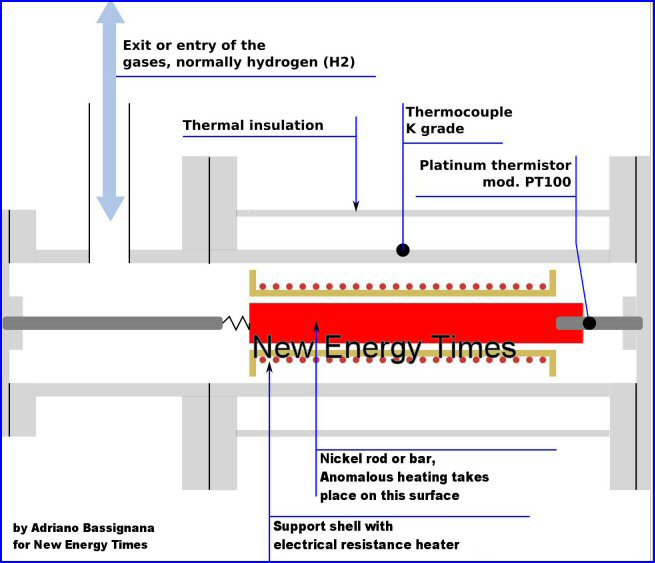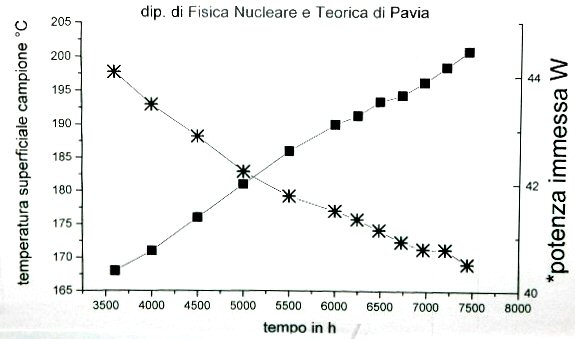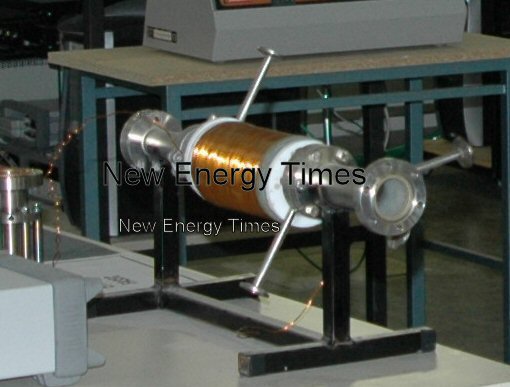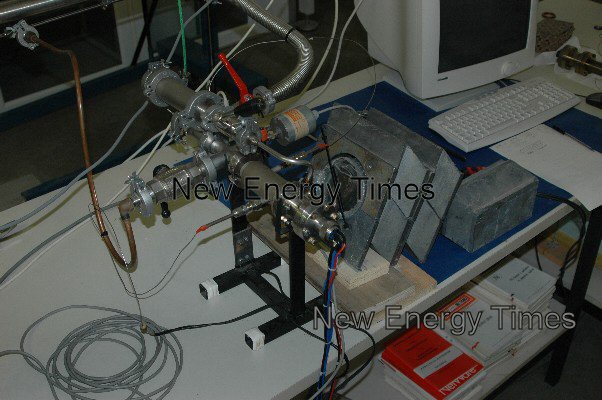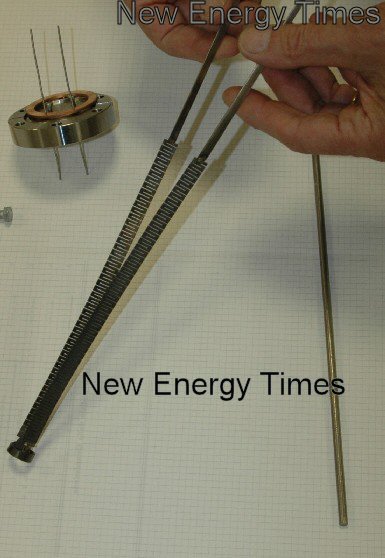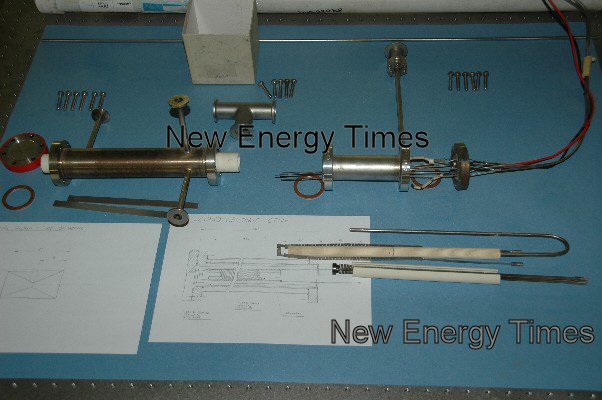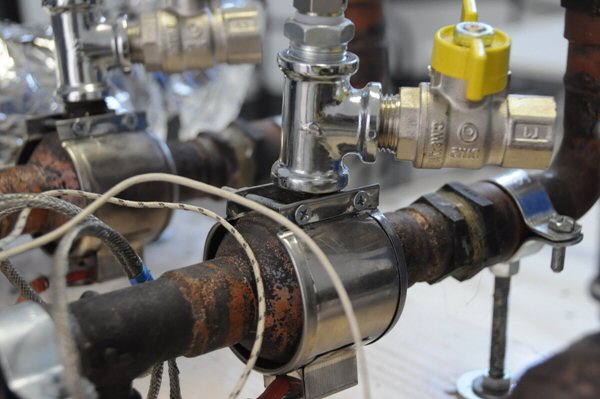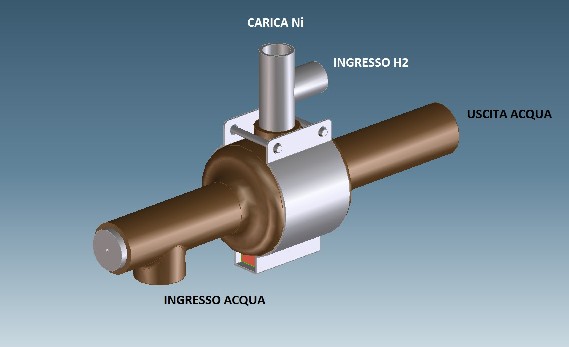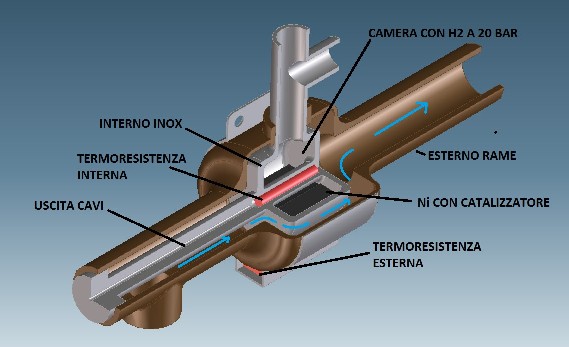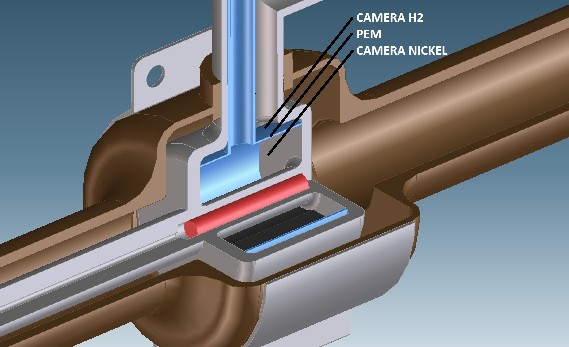Dr Dennis Bushnell, chief scientist at NASA’s Langley research center told New Energy Times today that NASA is attempting a low-energy nuclear reaction replication.
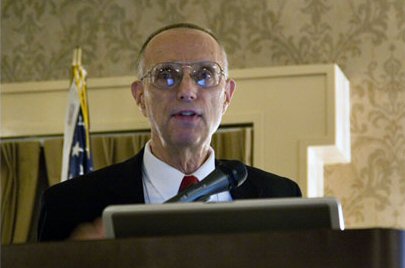
Photo: Aaron M. Cohen
“Our experiments are based upon the earlier Piantelli-Focardi work, which were some of the better bits extant,” Bushnell wrote. “But we are trying to core down on the theory, as well as utilize it for system optimization. We are not trying to do a net energy demo at all, we are simply trying to make sure there is a valid theoretical understanding.”
Bushnell told New Energy Times that their LENR experimental approach is based on the nickel-hydrogen research of Francesco Piantelli, retired from the University of Siena, and Sergio Focardi, retired from the University of Bologna.
The theory NASA is evaluating is the “Ultra-Low-Momentum Neutron Catalyzed Theory of LENRs” developed by Allan Widom and Lewis Larsen. New Energy Times has a dedicated “portal” page for information about this theory.
NASA researcher Joseph. M. Zawodny, along with this writer, have contributed the chapter “Widom-Larsen Theory: Possible Explanation of LENRs in the forthcoming Wiley Nuclear Energy Encyclopedia.
New Energy Times published two articles on the Piantelli work in 2008. The second article has an extensive list of references and downloadable papers.
According to Bushnell, NASA is not working on a replication of Andrea Rossi’s Energy Catalyzer device.
“We do not have enough details, by far, to even start to think of a replication of Rossi,” Bushnell wrote.
